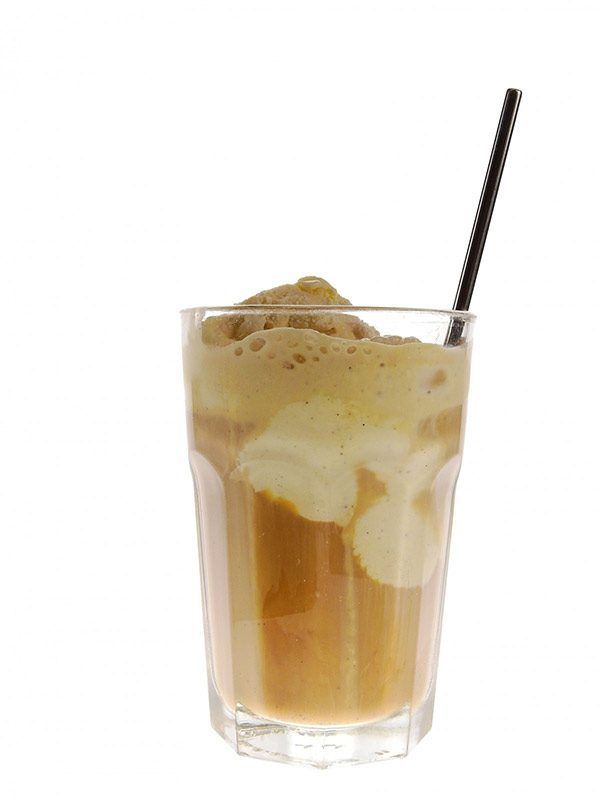19 Mar CREAMS AND LIQUEURS: KEY INGREDIENTS IN DIGESTIVE AND AFTER-DINNER COCKTAILS

Creams and liqueurs are consumed throughout the world by them self’s, frapped, on the rocks or simply combined with tea infusions or coffees. However, the mixtures that the bartenders have created for different occasions are very attractive, from them lots of different classifications are born such as aperitives, night refreshers, digestive, nutritious, after dinner, or fantasy cocktails.
We recommend: Keys to learn the difference between creams and liquor
In the refreshing and frapped cocktails, in which they use of lot of ice, in addition to using juices and sodas, there are also use creams of pineapple, plantain, cacao, mint, triple sec, curacao, marrasquino, natural mixers, and grenadine. All these ingredients are added in complete balance to create the perfect cocktail.
The aperitives are distinguished by being bitter, dry like the white dry Vermouth, the juices of citruses, Triple Sec, Cointreau, just like the use Gran Marnier in small proportions gives the bitterness of citrus but it does not take away the sweetness.
Just like its name suggests, nutritious would be distingue by the uses of cocoa cream usually made with milk, egg, nutmeg, and rums.
You could also be interested: Cremas. How to elaborate the most popular
Likewise, the example of stomatic which is made with Paloma Blanca (dry or sweet anis, sparking water, cubed ice, an 8oz glass with a mixer).
Time has shown that liqueurs and creams, sweet in nature, are use in its majority on digestive or after dinner cocktails (mixed with coffee, frapped, cold, or hot). None the less, it is good to clarify, that there are recipes mixed with coffee and liqueurs that are consider Classics and not cocktails, such as the case of the Cortado Coffee with hot milk, Carajillo (with Brandy), Rocío de Gallo (with Rum), or just simply a coffee with some liqueur. These cocktails need to have maximum 3 ingredients, including decoration and have to be 90% edible.
We recommend: liqueurs: Which are more consumed?
Examples of digestives (being alcohol or sweets), and consider classics are B and B (Benedictine and Brandy), Pecho de Doncella (Cacao cream and milk), Beso de Ángel (Benedictine and evaporated milk), C and C (Cognac and Cointreau) and Sol y Sombra (bonbon cream and aged Ron), among others.
One thing to be careful is the dose of some aromatic liquors. A lot of it could damage the customer palate since it could be aggressive in the taste and smell. This can happen with liquors made with anis, mint. Coconut, amaretto, Disaronno, Frangelico, as well as the ones that have a strong vanilla flavor, like the Galiano or the Mary Brizard.
Source: Excellencias Gourmet magazine 56th edition.

